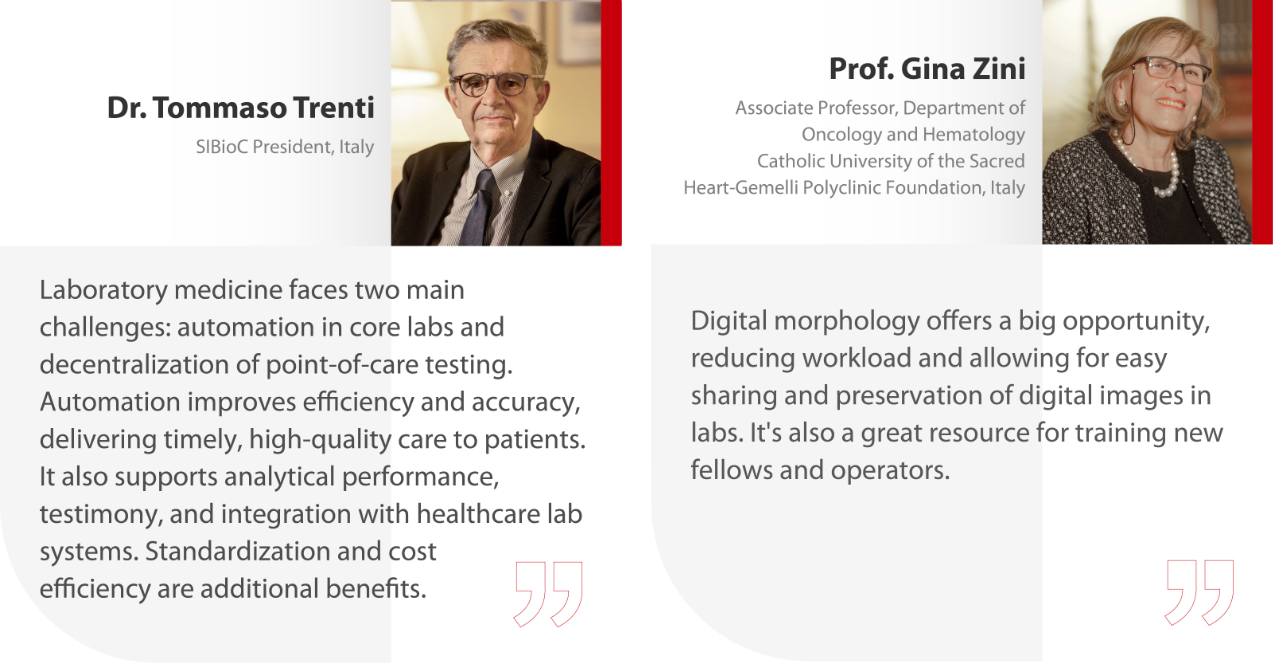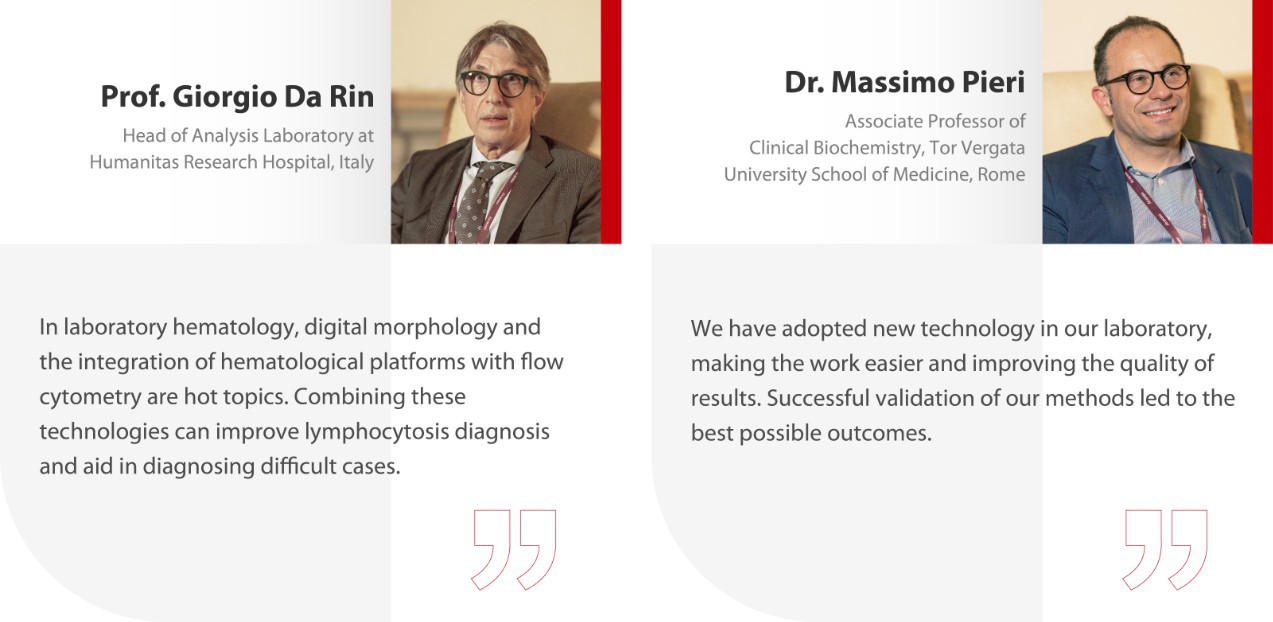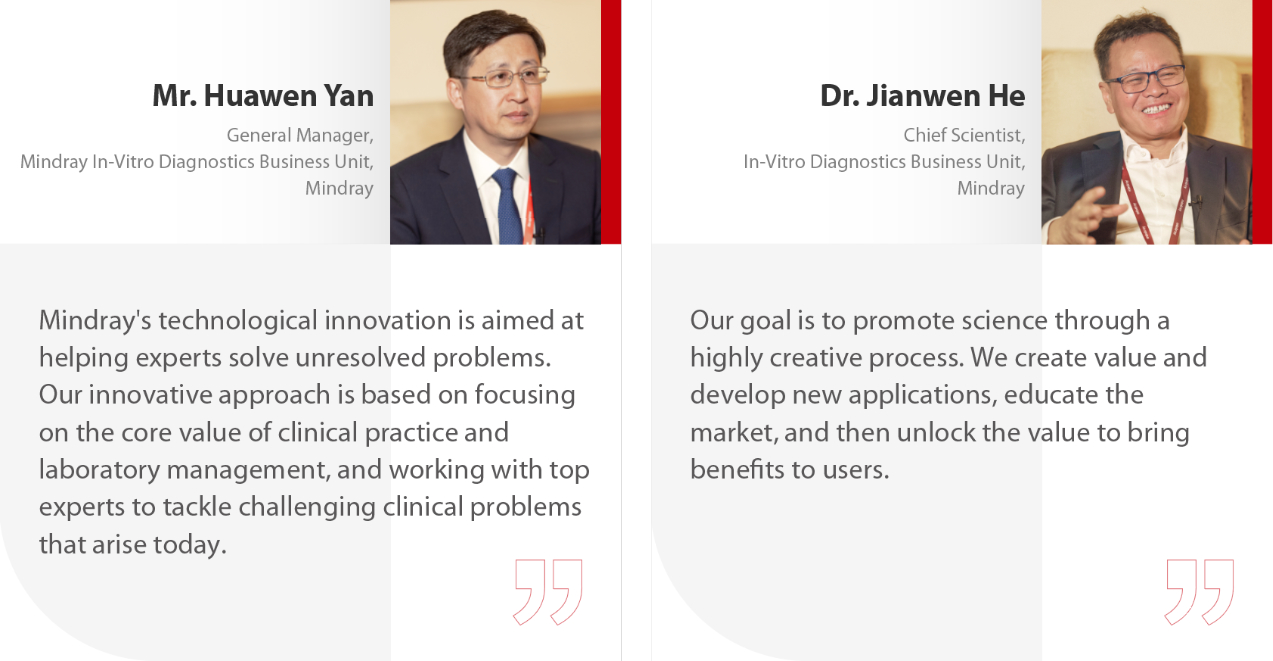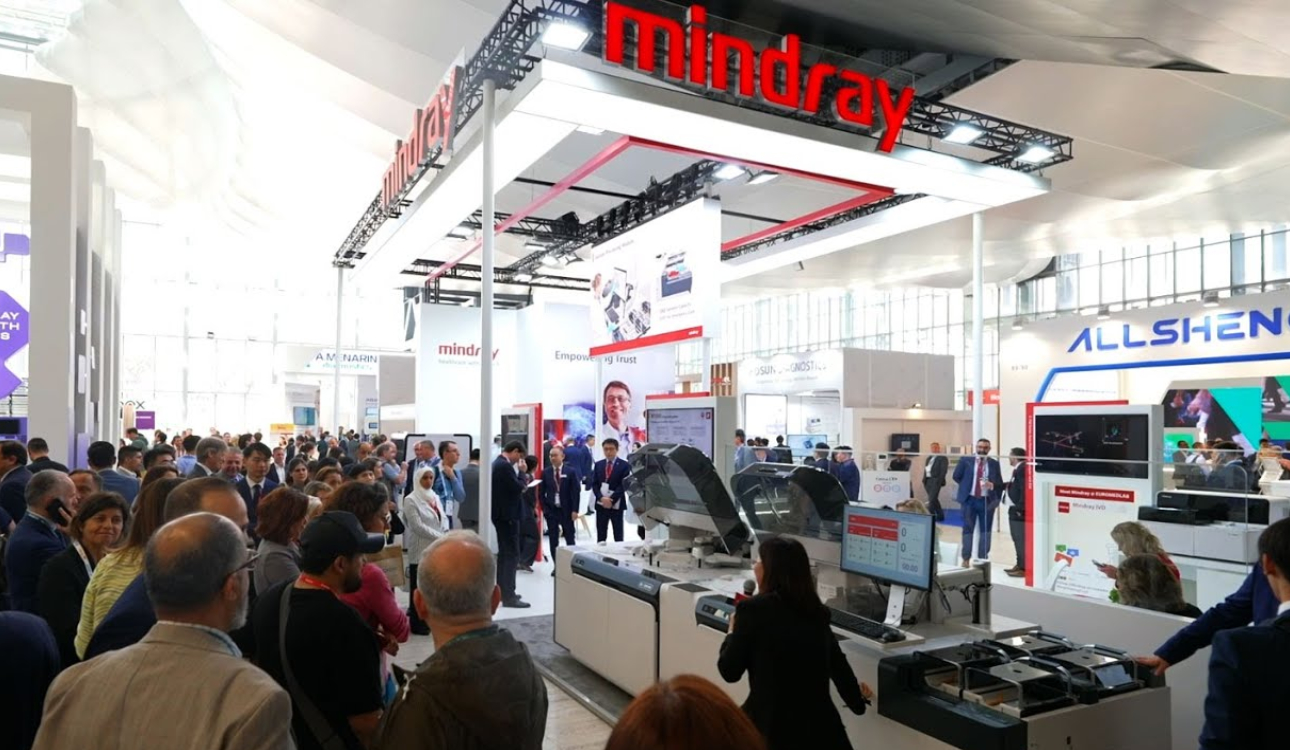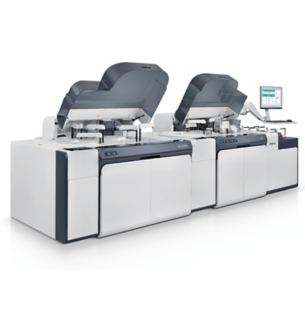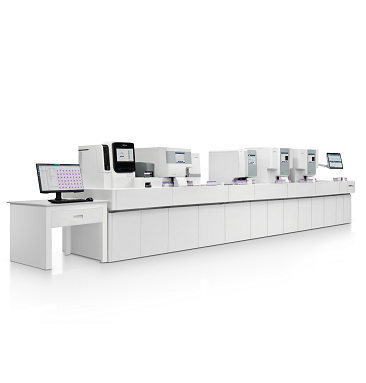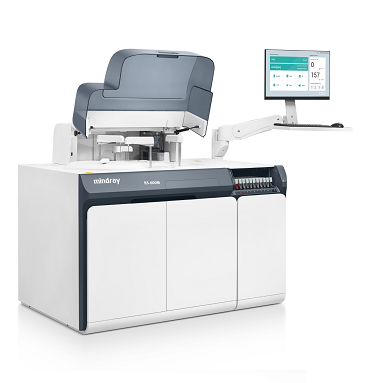Mindray at Worldlab-Euromedlab 2023: Exploring the Future of Laboratory Diagnostics in Rome
2023-05-30

As a city steeped in classical civilization, Rome has always been a hub for scientific exploration and innovation. In May, it continued that tradition by hosting Worldlab-Euromedlab Roma 2023, the premier European event for innovative ideas and technologies in laboratory diagnostics.
As the birthplace of some of Europe's most esteemed thinkers, what does the future hold for laboratory diagnostics in the eternal city of Rome? Follow along with Mindray in Rome to explore!
At the Mindray booth, the All-in-One Hematology Solution generated a lot of buzz due to its ability to simplify hematology testing workflows and provide easy operation. This solution offers end-to-end automation, beginning with tube sorting and CBC analysis and extending to the measurement of ESR, CRP, SAA, and HbA1c using only one EDTA tube, as well as smear preparation and digital slide reading. Its impressive features make it a great choice for central or core laboratories with high volumes of samples and the need for quick turnaround times.

We also received a lot of attention at Euromedlab for launching the new M1000 Chemistry and Immunoassay Integrated System. This innovative system is specifically designed for large-scale laboratories and boasts several advanced technologies, including 360-degree sample scanning and decapping, FS-sampling, ultrasonic washing and mixing, PDR optical platform, and real-time CO2 monitoring. It simplifies laboratory processes and efficiently generates high-quality patient reports while maintaining a short turnaround time.

Collaboration: Unlocking Breakthroughs in Clinical Diagnostics through Partnership and Research
Mindray has formed partnerships with hospitals and medical institutes globally to carry out clinical research and studies on disease diagnosis and management. Mindray sponsored two educational workshops at Worldlab-Euromedlab, where distinguished European laboratory experts presented the latest and most advanced research findings in clinical diagnostics to the audience.
During the academic presentation, Prof. Emanuela R. Galliera from the University of Milan discussed the uses of the novel sCD14-ST test in diagnosing osteoarticular infectious diseases. She highlighted the test's ability to provide valuable insights into disease severity, treatment monitoring, and prognosis in postoperative joint replacement infections.

Prof. Sergio Bernardini from the Tor Vergata University School of Medicine in Rome discussed the pros and cons of applying AI technology in medicine. He also highlighted the differences in big data analysis across disciplines and the associated challenges with practical implementation in the laboratory. In addition, Prof. Bernardini cited the example of digital morphology as an AI application in laboratory diagnostics, and used the sepsis research collaboration between Mindray and Tor Vergata as an example of the successful implementation of this technology.

Mindray firmly believes that collaborative clinical research and knowledge sharing among laboratory peers are necessary for addressing the ever-changing demands of the healthcare industry, and driving breakthroughs that can improve disease diagnosis and management.
Mindray's journey in Rome to explore the future of laboratory diagnostics has concluded with successful outcomes. Our ongoing commitment is to continue driving progress in the industry and sharing high-quality medical solutions with the world through innovation and partnership.







